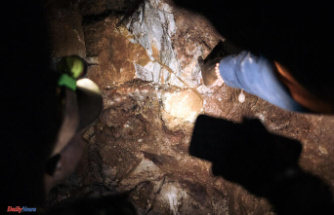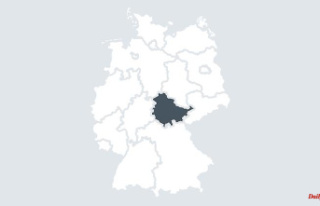Erfurt (dpa/th) - According to the Ministry of Energy, Thuringia has almost a quarter of the capacity of German pumped storage power plants with more than 1500 megawatts. Minister Anja Siegesmund (Greens) said on Thursday in Goldisthal, where Germany's largest system is installed, that their importance as electricity storage will grow. Siegesmund pointed to legal improvements for the operation of pumped storage, in which water is driven from a raised basin through turbines. But they were not enough - the federal government had to further adapt the framework conditions.
Finally, the pumped storage stabilized the power grid, which had to absorb more and more energy from renewable sources. They could compensate for fluctuations between power generation and demand, thereby ensuring a stable and reliable supply of electrical energy. "For the expansion of capacities, their construction should also be in the overriding public interest."
With the amendment to the Energy Industry Act, the federal government has now made it clear, according to the ministry, that storage facilities are neither energy producers nor consumers and have therefore been largely exempted from paying grid fees. That was one of the main demands of the industry, but also of the Thuringian state government.
According to Siegesmund, Thuringia successfully campaigned in the Federal Council to gradually remove obstacles to the construction and operation of pumped storage plants. "Our push for greater profitability has already paid off. But there's still more to do." A reliable legal framework is necessary, but also the consistent implementation of the EU internal market directive.
In Thuringia there are pumped storage power plants in Goldisthal as well as in the large Saale reservoirs - Hohenwarte I and II and Bleiloch - as well as the Wisenta reservoir. If there is an oversupply of electricity, they pump water from below into a higher basin. When electricity is needed, the water is drained and turbines are driven.












